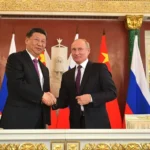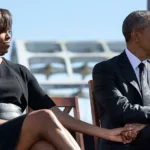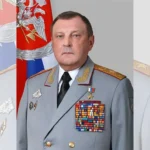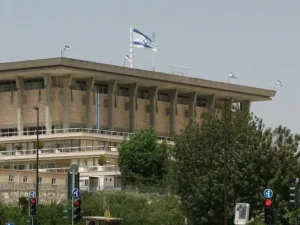The measure, which involved several rounds of negotiations among representatives of member countries, will enable the sending of both lethal and non-lethal equipment.
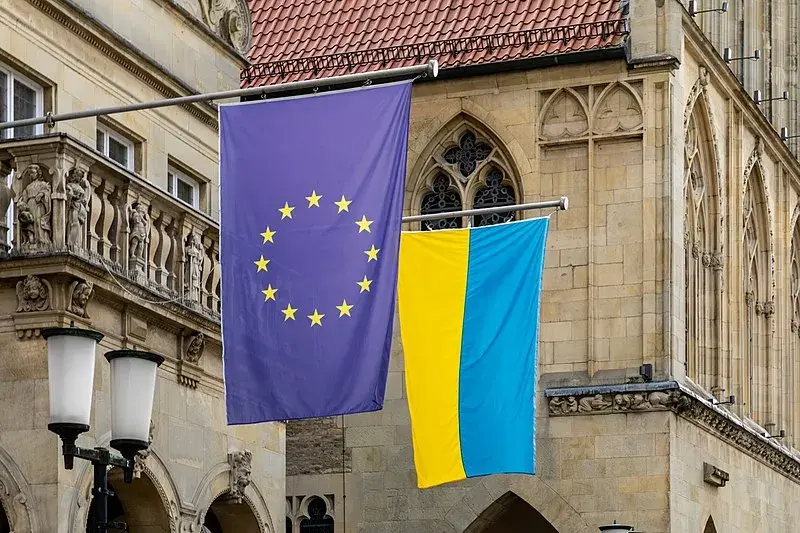
The European Union announced this Wednesday that it has reached a preliminary agreement to boost a new military aid package for Ukraine by 5 billion euros this year, part of the European Peace Facility (EPF) initiative.
The measure, which involved several rounds of negotiations among representatives of member countries, will enable the sending of both lethal and non-lethal equipment to Kyiv to repel Russian attacks.
The agreement also envisages some relaxation in the rules of the mechanism to allow joint purchases of ammunition outside the EU in the short term, with a long-term priority on the European Defense sector, although the details of the document are still unknown.
“The EU remains determined to provide lasting support to Ukraine and to ensure that the country receives the military equipment it needs to defend itself,” said the current Belgian presidency of the Council of the bloc in a social media post.
Meanwhile, the High Representative for Foreign Affairs, Josep Borrell, welcomed the measure and its positive impact on the performance of the Ukrainian Armed Forces on the battlefield. “The message is clear: we will support Ukraine with whatever is necessary for it to prevail,” he stated.
The project, which is now being celebrated by the 27 Member States, initially faced obstacles and opposition. France, Greece, and Cyprus were the nations that raised the most objections to this relaxation of the Fund as they demanded that European funds be used exclusively to acquire material from the continent’s industry.
Likewise, once this was accepted, they expressed doubts about which countries would be the suppliers of this weaponry and ultimately, the recipients of European money.
On the other hand, there were disagreements regarding the contributions that countries make individually to Ukraine. Germany requested that the bloc consider the 8 billion euros it plans to send to Kyiv this year when establishing compensations in the Fund.
Additionally, Berlin suggested that the mechanism encourage joint purchases of weapons and ammunition for Volodymyr Zelensky’s troops instead of sending existing pieces from countries, many of which are from the Soviet era.
Meanwhile, Hungary recently expressed its desire not to continue being part of the EPF.
With the outbreak of war in Ukraine, the European Union positioned itself as one of Kyiv’s main allies. From the outset, the bloc mobilized its resources allocated to the Fund—more than 6.1 billion euros to date—to supply weapons to the troops.
In parallel, it proposed plans for modernization and expansion of its defense industry to replenish the strategic reserves of the bloc’s countries and allow a sustained flow of aid to the country at war.
In addition to these efforts, the United Kingdom, which is no longer part of the EU, and the United States also initiated their own training and arms shipments to Kyiv, although due to internal political crossfires, Washington’s new aid package for this year is still pending approval.
Nevertheless, despite this Congressional deadlock, the eve of President Joe Biden announced assistance of $300 million, coming from credits refunded to the Pentagon for recent purchases.


